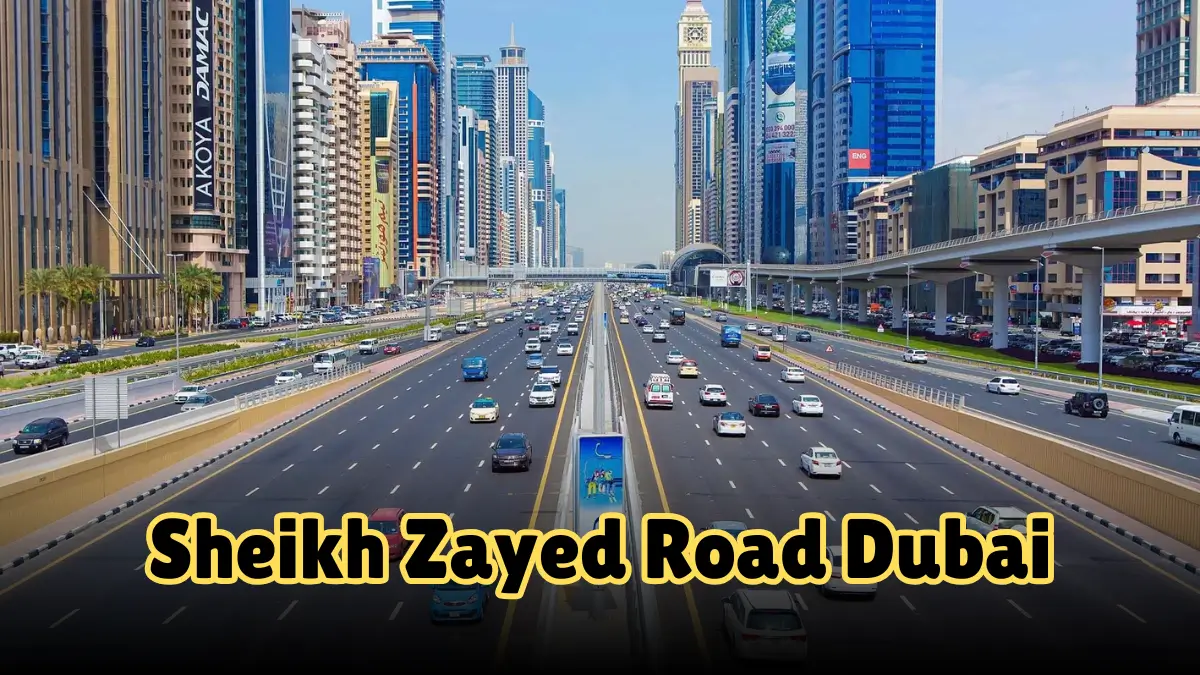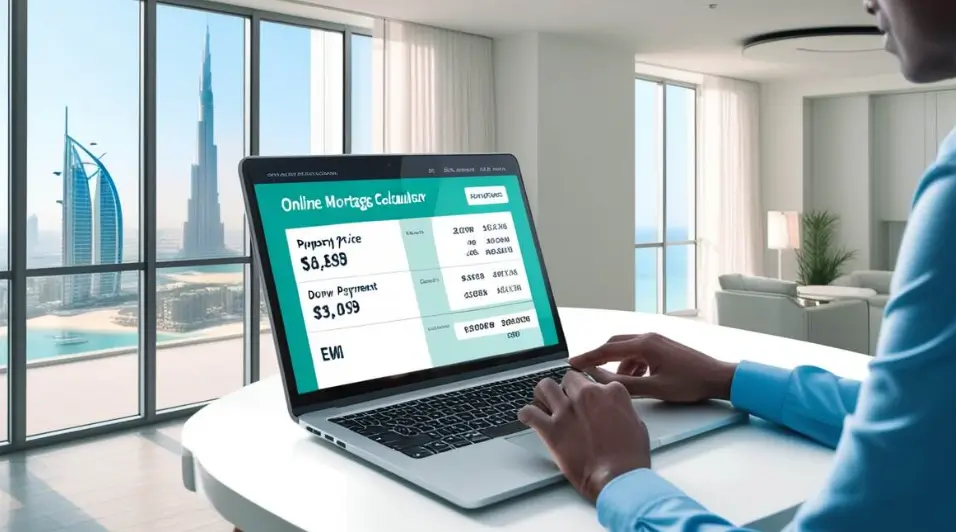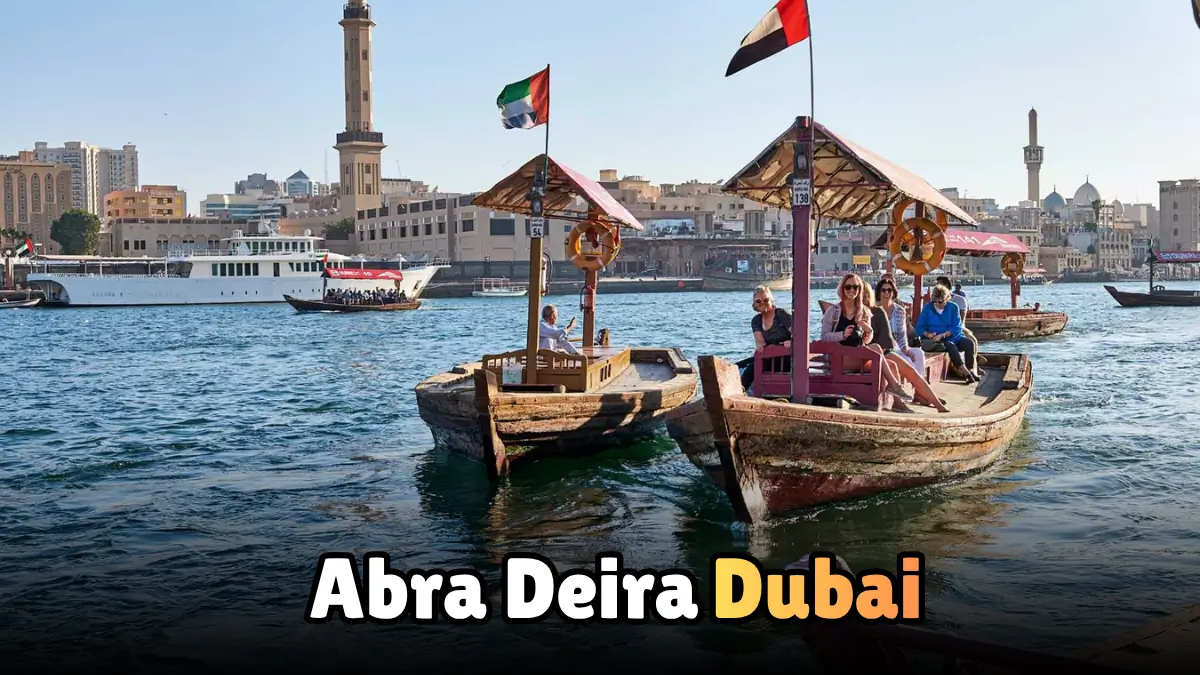
People often picture a road in Dubai’s futuristic skyline lined with glass towers, luxury hotels, and busy traffic. People usually call that road SZR or Sheikh Zayed Road. It’s more than just a road; it’s Dubai’s lifeline, connecting the city’s neighborhoods, attractions, and businesses. Sheikh Zayed Road is part of the UAE’s longest highway, E11. It shows how Dubai has grown from a small desert settlement to a world-class city.
This guide will tell you everything you need to know about Sheikh Zayed Road, including its history, important places, neighborhoods, lifestyle, ways to get around, and even what will happen in the future. This article will give you a detailed look at SZR, whether you’re a tourist planning your first trip or a resident who wants to know more about the city’s main road.
Historical Background
The story of Sheikh Zayed Road is closely linked to how Dubai has changed. Before the 1970s, the road was a small path called Defence Road that was mostly used by people who lived nearby. The UAE was formed in 1971, and leaders realized how important it was to build a modern highway system. The new road officially opened in 1980, connecting Dubai and Abu Dhabi directly.
Later, it was named Sheikh Zayed Road in honor of Sheikh Zayed bin Sultan Al Nahyan, the UAE’s first president. His vision for infrastructure and unity led to the building of this highway and the whole country. Over time, SZR changed from a two-lane road in the desert to an eight-lane superhighway in the city with famous skyscrapers on either side.
Today, it stands for progress, modernity, and ambition—values that Dubai is proud to show off to the world.
Geographic Stretch & Layout
The E11 highway runs more than 500 kilometers across the UAE, and Sheikh Zayed Road is the part that goes through Dubai. It starts near the World Trade Center roundabout in Dubai and goes south through important neighborhoods until it reaches Jebel Ali and the border with Abu Dhabi.
The road connects some of the most important parts of the city, such as Downtown Dubai, Business Bay, Al Safa, Al Barsha, Dubai Internet City, Media City, Dubai Marina, and Jebel Ali. SZR connects easily to other important roads like Al Khail Road, Financial Centre Road, and Umm Suqeim Road through a number of interchanges.
If you’re new to Dubai, think of SZR as the main road that runs through the city and connects to almost every important area.
Important Architectural Features
Driving along Sheikh Zayed Road is like going through a modern architecture show. There are tall buildings on both sides of the highway, and each one has a unique design.
- Emirates Towers: Two triangular skyscrapers that stand for power and business.
- Al Yaqoub Tower: The Al Yaqoub Tower is a neo-Gothic building that people often compare to London’s Big Ben.
- HHHR Tower (Blue Tower): One of the tallest residential towers on the road.
- Dusit Thani and Sheraton Hotels: Famous places to stay.
This area has become one of the most photographed cityscapes in the Middle East. The glass facades shine in the desert sun during the day, and the neon lights give the road a futuristic look at night.
Transportation & Connectivity
Metro Access
The Dubai Metro Red Line runs next to Sheikh Zayed Road, which makes it one of the easiest ways to get from one major area to another. Important stops are Emirates Towers (for DIFC and the Museum of the Future)
- Burj Khalifa and Dubai Mall
- Business Bay
- Mall of the Emirates
- Dubai Internet City
- DMCC (for Marina and JLT)
- Ibn Battuta
The metro is a great way to avoid traffic and offers great views of the city along the way.
Driving
SZR is great for drivers, but it can be hard during rush hour. It has up to eight lanes in each direction, making it one of the widest roads in the UAE. Salik toll gates are set up at places like Al Safa, Al Barsha, and Jebel Ali. The speed limit is usually between 100 and 120 kilometers per hour, but you should always pay attention to signs and be on the lookout for cameras.
Buses and taxis
Dubai’s taxi system works well. You can find taxis at almost every metro station and hotel along SZR. Several bus routes also run along the road, connecting the suburbs to the city center.
Important Sites and Things to Do
The Future Museum
The Museum of the Future is one of Dubai’s most famous landmarks. It is an oval building made of stainless steel with Arabic calligraphy carved into its front. It’s right next to Emirates Towers and is a must-see for anyone interested in science, technology, and new ideas.
The Burj Khalifa and Dubai Mall
This pair is famous all over the world and is just off SZR in Downtown Dubai. The Burj Khalifa, which is 828 meters tall, is still the tallest building in the world. The Dubai Mall is the biggest shopping center in the world. You can get to both of them from the Financial Centre interchange.
The Mall of the Emirates
This mall is in Al Barsha and is known for Ski Dubai, an indoor ski resort in the desert. One of the busiest metro stations on the Red Line is here.
Dubai Marina & JBR SZR goes straight to the beautiful Dubai Marina and Jumeirah Beach Residence, where you can eat by the water, take yacht cruises, and enjoy the nightlife.
Living and Lifestyle
Sheikh Zayed Road is more than just a road; it’s a place to live.
- Residential Towers: Many expats live in high-rise apartments on or near SZR, which is close to offices and other services.
- Hotels: There are hotels on SZR for every budget, from cheap ones like Holiday Inn Express to five-star luxury ones like The Ritz-Carlton.
- Dining and nightlife: DIFC has fine dining, Al Barsha has casual restaurants, and Business Bay has rooftop bars, so there is something for everyone.
Living along SZR is the most convenient place to live because malls, schools, clinics, and public transportation are all close by.
The Economy and Business
People often call Sheikh Zayed Road the “financial artery” of Dubai. The Dubai International Financial Centre (DIFC) is right on it. It is home to banks, consulting firms, and law firms from all over the world. The Dubai World Trade Center, another famous building on the SZR, hosts international conferences and exhibitions all year long.
Real estate here is very expensive because it is easy to get to and has a high status. Multinational companies have offices in commercial towers, making SZR one of the most desirable business addresses in the area.
Pictures of the Neighborhood
Dubai’s downtown
The cultural and tourist center, with the Burj Khalifa, Dubai Opera, and Dubai Mall just off SZR.
Bay of Business
A hub with residential towers, office buildings, and hotels all in one place. A lot of young professionals like it.
Al Barsha
Famous for the Mall of the Emirates and neighborhoods that are good for families. It has homes in the middle price range.
Dubai Marina & JLT
Dubai Marina and JLT are waterfront neighborhoods that SZR connects directly to. These are great places for people who want a mix of luxury and fun.
Visitor Guide
One-Day Itinerary
- Start your day at the Museum of the Future.
- In the afternoon, go to Dubai Mall to shop and eat.
- In the evening, you can visit Dubai Marina, go on a yacht cruise, or eat at JBR.
Advice for Travelers
- To save time, take the metro during busy times.
- It is easiest to park at hotels and malls.
- For panoramic views, try the Emirates Towers plaza or the elevated hotel lounges.
What’s Coming Next?
Sheikh Zayed Road is always changing. Dubai’s 2040 urban plan calls for green corridors, smart transportation systems, and buildings that are good for the environment. Ideas like the futuristic “Green Spine” project promise to turn SZR into more than just a highway; they will also make it an ecological showcase.
There are also talks about changing the name of the stretch near Burj Khalifa to “Burj Khalifa Road” to show how well-known the area is around the world.
Conclusion
Sheikh Zayed Road is more than just a road; it stands for Dubai’s growth. SZR shows progress, ambition, and connection. It started out as a small road called Defence Road and has grown into one of the most famous urban corridors in the world.
It’s the fastest way for tourists to see Dubai’s famous sights. For people who live there, it’s the most convenient place. For businesses, this address means prestige. Sheikh Zayed Road will always be the heart of Dubai, changing along with the city’s skyline and goals as it looks to the future.
FAQ’s
What is the Sheikh Zayed Road?
E11 is the UAE’s longest road, and this is Dubai’s main highway.
Is SZR the same as E11?
Yes, Sheikh Zayed Road is the part of the E11 highway that goes through Dubai.
Which metro line goes along SZR?
There are several stations along the Red Line.
How fast can you go?
There are cameras that make sure the speed limit is between 100 and 120 km/h.
What are some things to do near SZR?
The Burj Khalifa, the Dubai Mall, the Museum of the Future, and the Mall of the Emirates.
Is it a good idea to stay in hotels on SZR?
Yes, it’s easy for both tourists and people on business trips.
Is SZR a good place for families to live?
Families like Al Barsha and Marina, yes.
How does SZR link up with Palm Jumeirah?
Through changes in Dubai Marina and Media City.
Is there parking available?
Yes, especially in hotels and malls.
What will happen to SZR in the future?
Dubai’s vision for 2040 includes projects that are greener, smarter, and more sustainable.
Share this article
Written by : UAE Script Staff
Follow us
A quick overview of the topics covered in this article.
Latest articles
November 19, 2025
November 19, 2025


